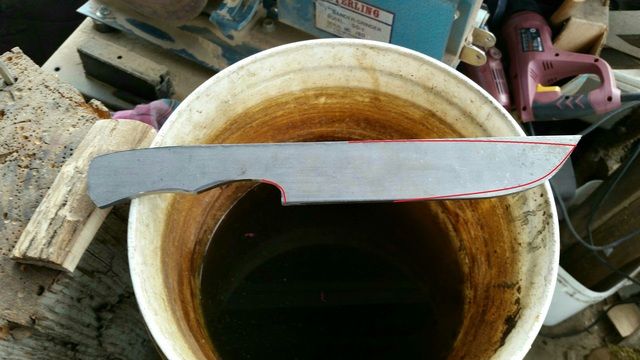wall e
Well-Known Member
Was asked by a buddy to make a beast of a knife and make it as tough as possible.
My thoughts as well as available steel for this endevor is a 12" piece of 52100.
I have seen videos of a blade being abused and it cut through hot roll .50" rod by batoning w a ball peen hammer.
So my questions are,
1 How would I duplicate this toughness of the blade?
2 Which of you fellers is the one to talk to about perfomung this feat of metalurgy?
Thanks in advance and jovial advice is expected as well as the factual.
My thoughts as well as available steel for this endevor is a 12" piece of 52100.
I have seen videos of a blade being abused and it cut through hot roll .50" rod by batoning w a ball peen hammer.
So my questions are,
1 How would I duplicate this toughness of the blade?
2 Which of you fellers is the one to talk to about perfomung this feat of metalurgy?
Thanks in advance and jovial advice is expected as well as the factual.




